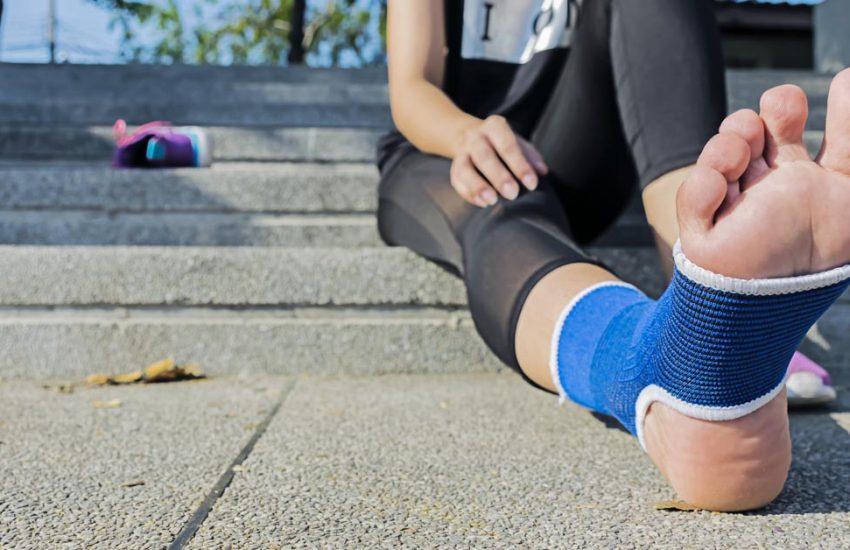Winter Weather Driving Do’s & Dont’s
 Winter weather driving can be hazardous without the proper knowledge on how to handle icy and snowy conditions. Here are some tips and advice on how to handle the most unexpected and unsafe driving winter conditions.
Winter weather driving can be hazardous without the proper knowledge on how to handle icy and snowy conditions. Here are some tips and advice on how to handle the most unexpected and unsafe driving winter conditions.
Driving in the Snow
Make sure the family is buckled into their seat belts, as you normally would during any traveling in your car. Children should always be in tested and approved car seats or boosters that are made for their height and weight.
Speeding is the major cause of winter traffic accidents. When there is snow on the road, slow down. A major amount of car accidents happen on ramps and highways so it is especially important to keep it slow at these times.
The next major cause of accidents when driving in the snow is tailgating. Make sure there is plenty of room between your car and the vehicle in front of you. Following too closely in any weather is not a safe idea. It takes much more time to stop on snow as your tires work harder to gain traction. Keep the distance twice the norm between you and the vehicle in front of you.
Make sure you have your headlights on when driving in the snow, even if snow is not falling. It is better to be seen than missed in this situation, and headlights are one more added measure to insure that other drivers will see you.
Heavy White-Out Conditions
Heavily blowing snow can reduce visibility severely. A white-out occurs when blowing snow makes it impossible to see the horizon or any points around it, which leaves the driver disoriented. White-out conditions are serious and it’s advisable not to drive if you know they are present. Keep the radio on to see if any white-outs are being forecast. The best advice is to get off the road and pull over in a safe place, as soon as possible, if you are caught in the middle of a white-out.
Black Ice
Black ice isn’t really black; it’s a transparent layer of glazed ice, so thin you can see the road right through it. Unlike snow or white ice, black ice is invisible to a driver, and an extremely dangerous hazard. Before you leave on a winter drive, check the weather and road forecasts for any mention of black ice. If the road looks slick or like there are puddles there, it’s black ice. Proceed with caution and slow speed and give a gentle steer to test. Bridges and overpasses freeze first in icy conditions, so be especially careful on these structures.
Proper Braking and Turning Out of a Skid
Again, keeping the proper speed and slowing down is the best way to maintain safe braking. Look ahead as you to drive to anticipate any possibilities where you must stop, so you are prepared. Brake before you enter a corner, then release the brakes as you corner, to use the traction of the car to turn. Once you turn the corner it’s safe to reapply acceleration.
Unfortunately, at times all the preparation cannot avoid a skid. A skid is when your car is over-steering, or turning too much. Most natural tendencies have to be forgotten here and you have to turn into the skid and lightly accelerate. Turning into the skid and gently accelerating transfers the weight from the front wheels to the rear and by turning into the skid, you gain control of the car and can continue on safely.
Final Thoughts
In addition to keeping these driving tips for winter in mind, it’s a safe idea to have a winter emergency kit in the car. Foil blankets, flashlights, flares, disposable hand warmers and a battery charger will help keep you and your family safe during snowy and icy weather.
Author bio – Michael Sanders comes from a family of attorneys, and he understands the ins and outs of the business. He provides advice and referrals for those in need of attorneys Charleston, SC.
- Where Your Energy Really Goes and How to Get It Back - August 12, 2025
- How To Recover From A Serious Injury - August 12, 2025
- 4 Considerations for a Meaningful Funeral for Your Loved One - August 4, 2025


One thought on “Winter Weather Driving Do’s & Dont’s”
Comments are closed.